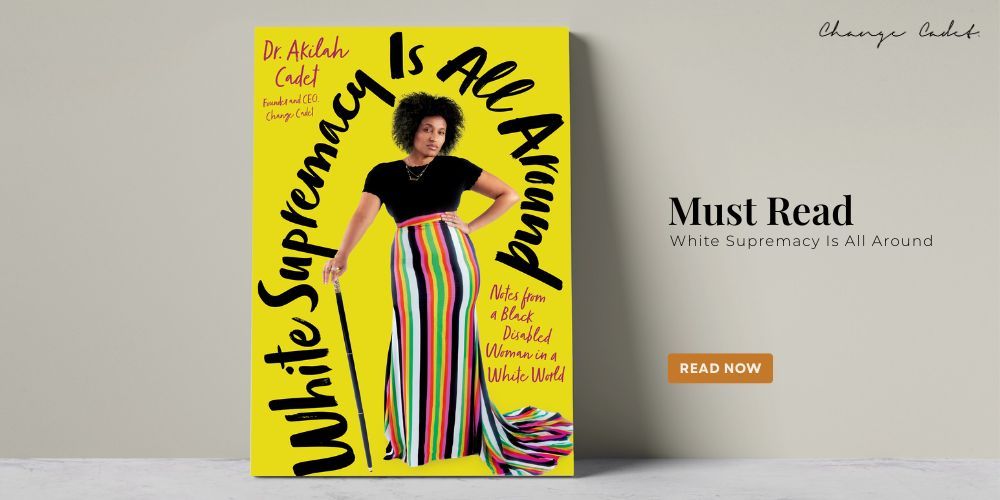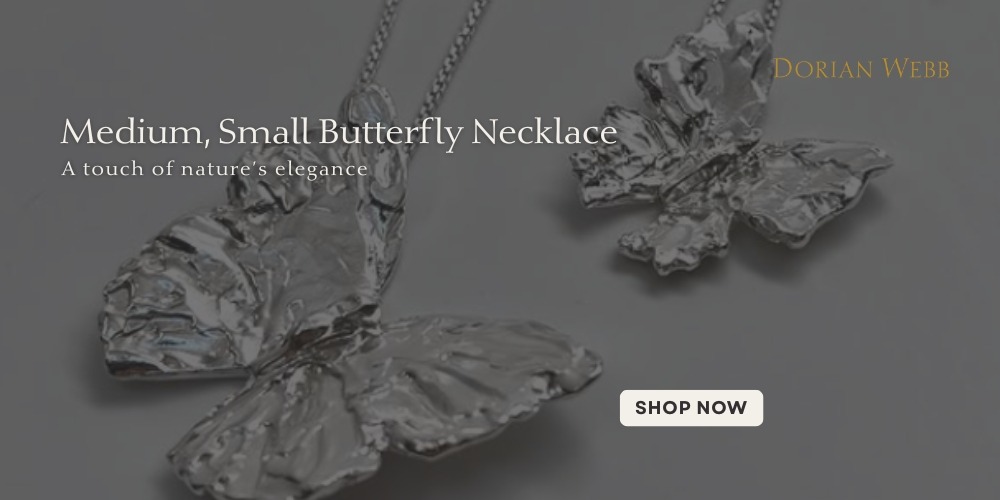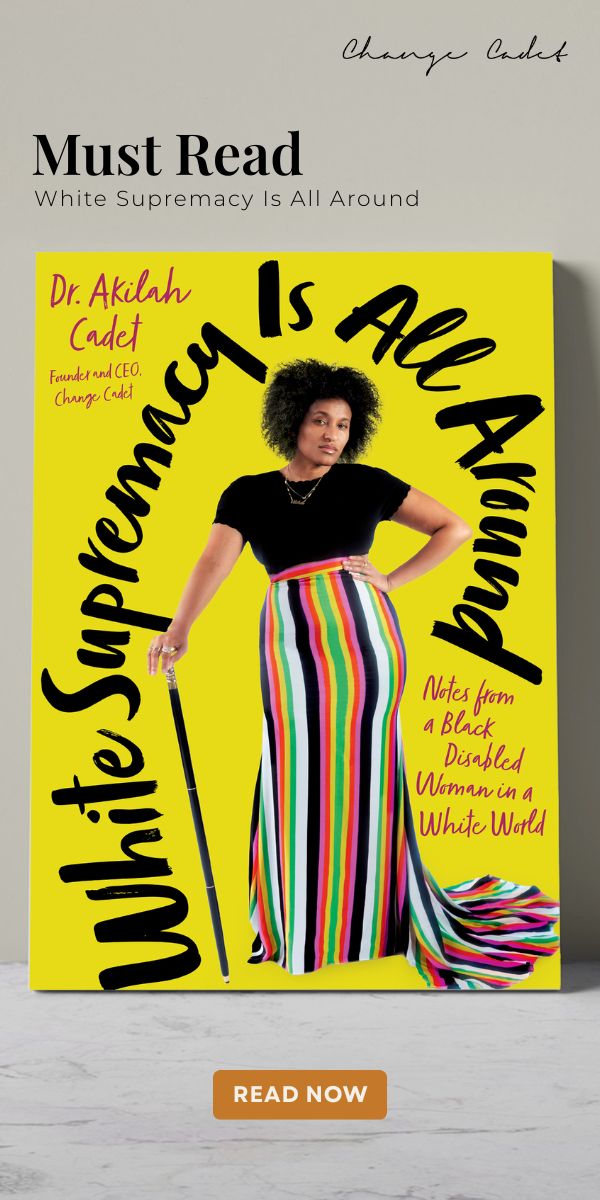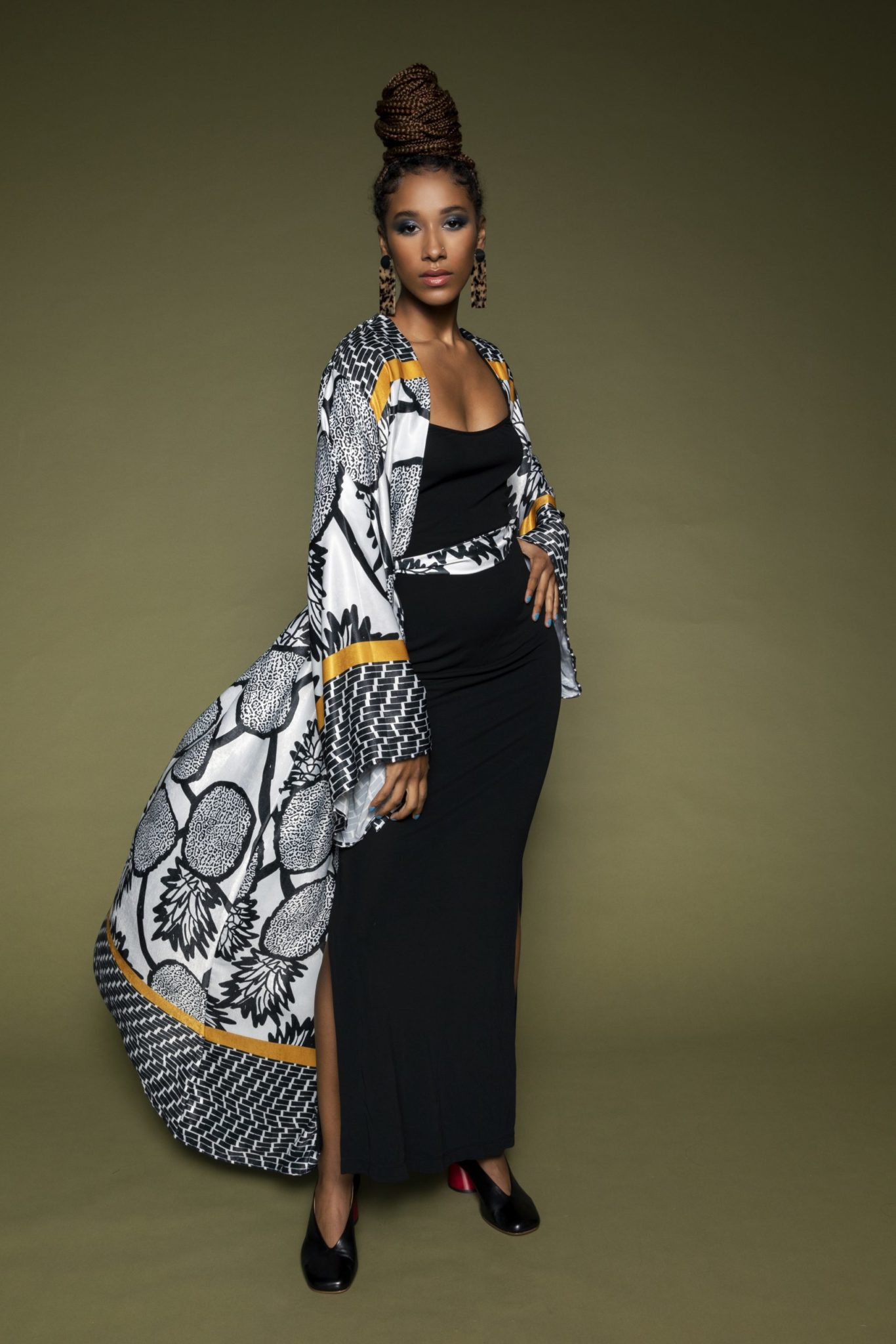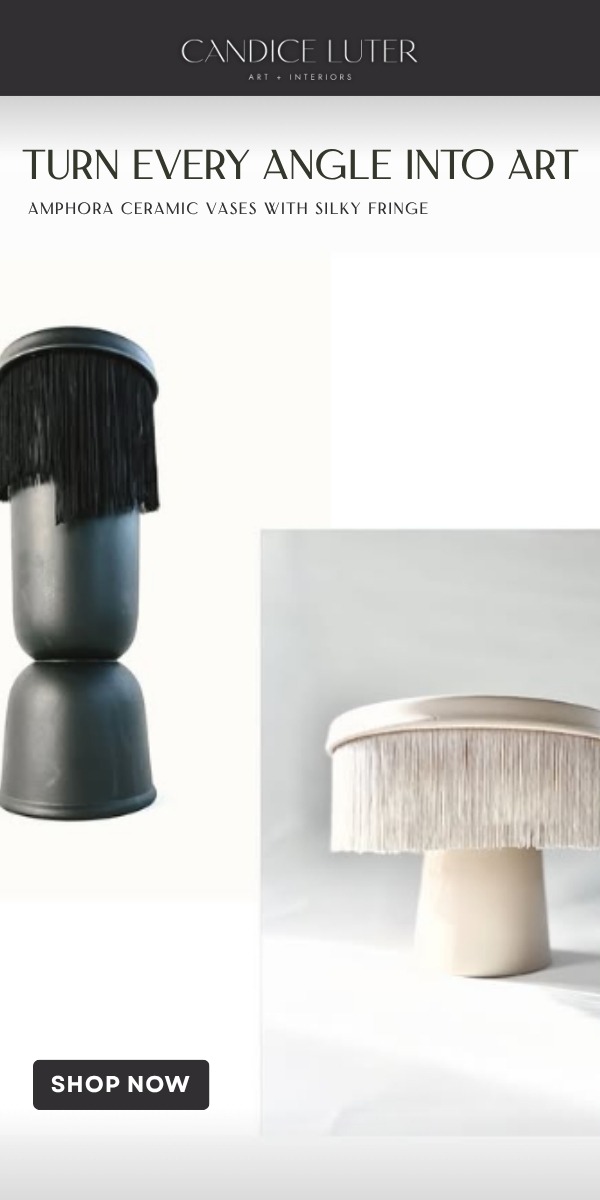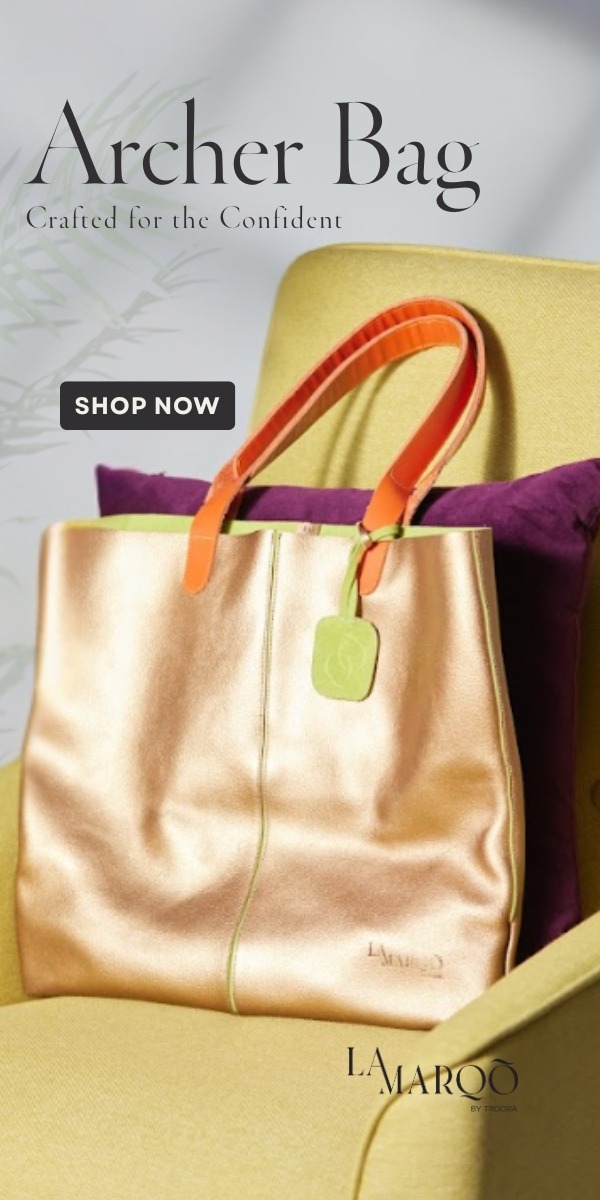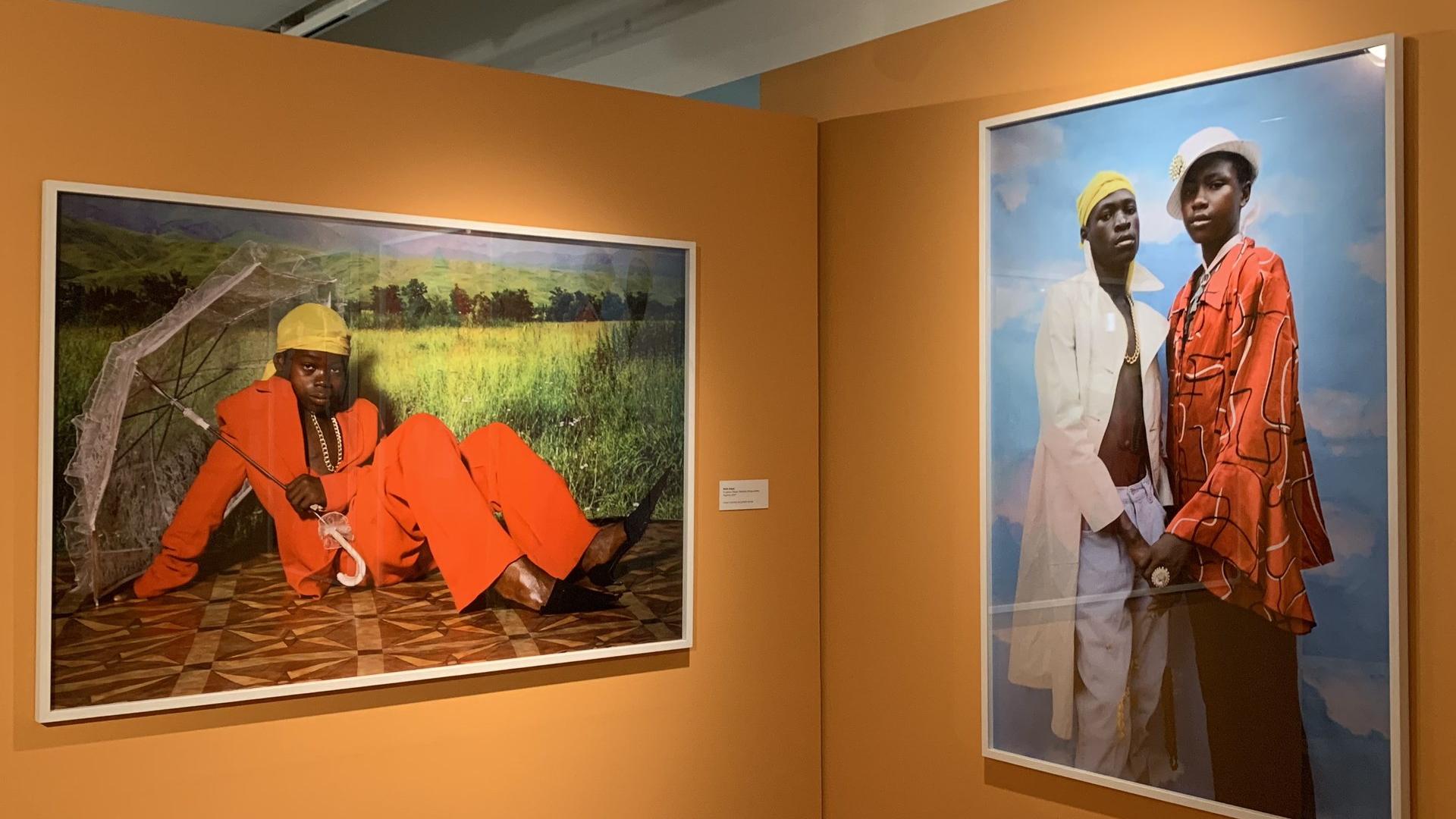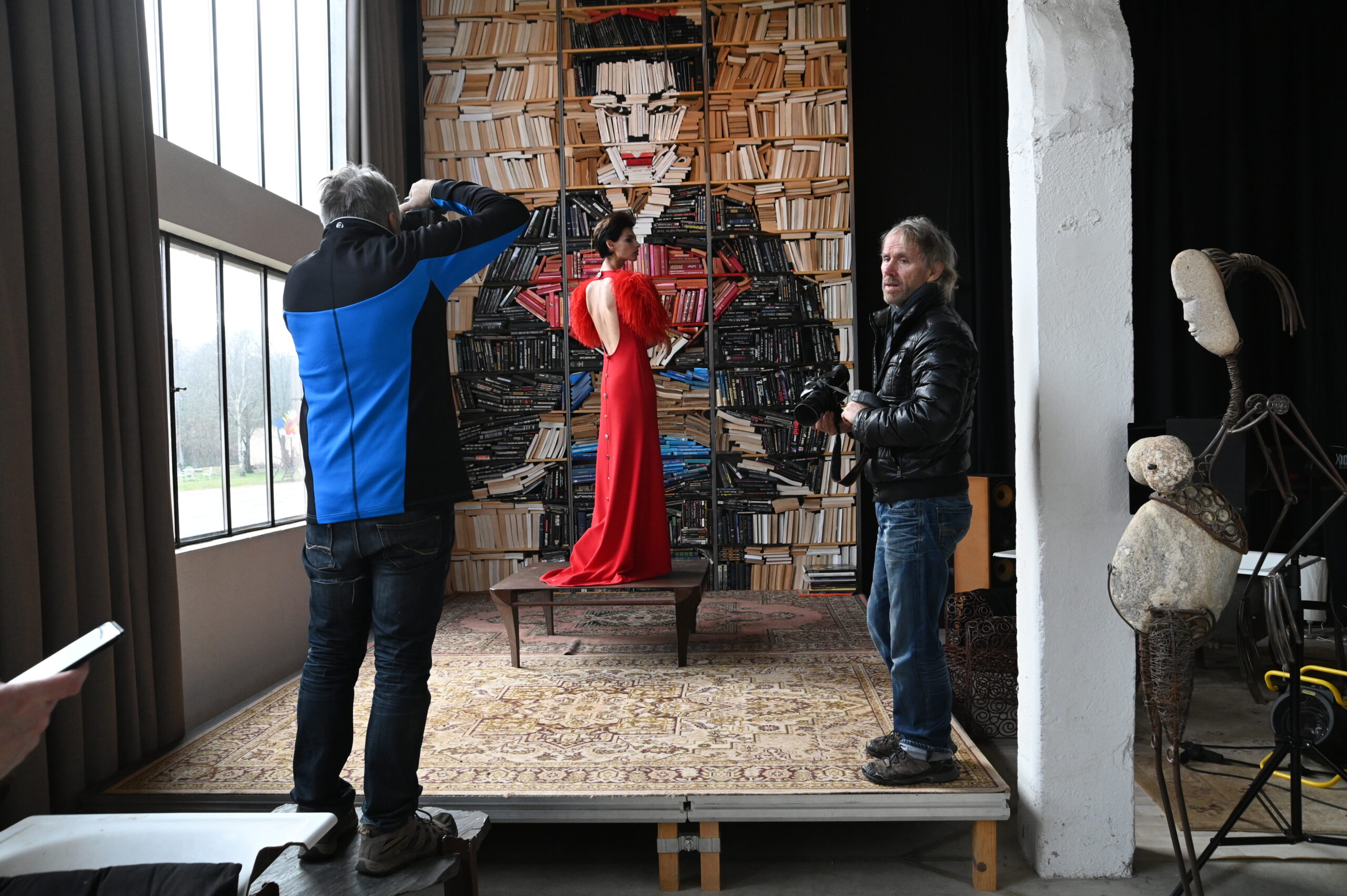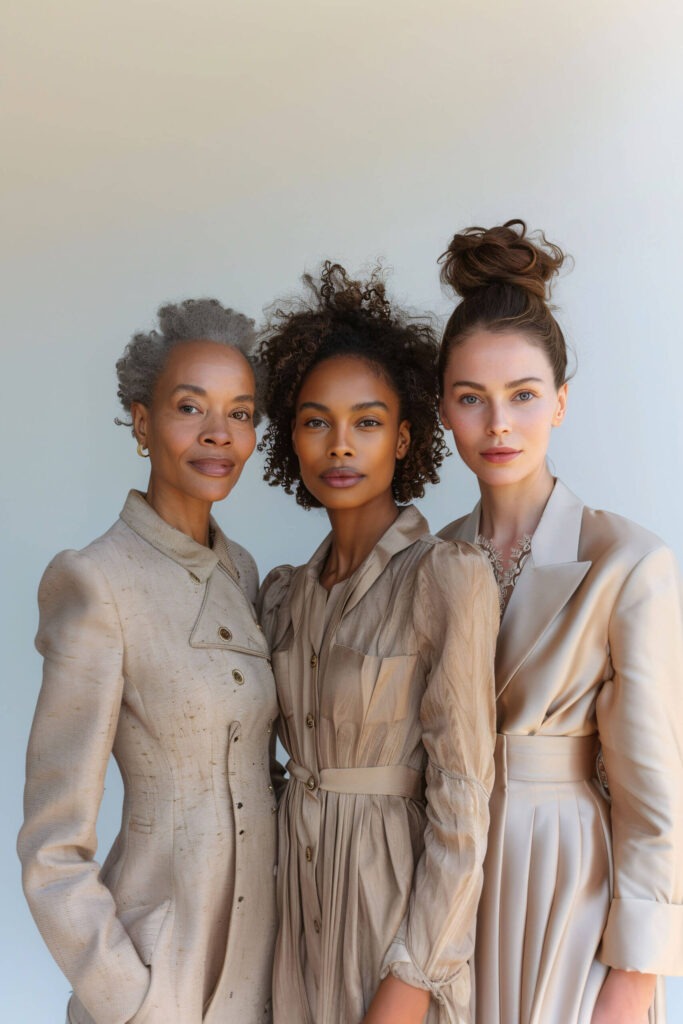Before the read
South African mohair is fine, durable, and deeply connected to the Karoo’s climate and ecosystem—unlike anything you’ve seen.
She’s a South African designer turning local heritage and landscapes into high-end, handmade mohair rugs.
Through texture, color, and storytelling that echo South Africa’s untamed natural beauty.
The arid, semi-desert landscapes of South Africa’s central Karoo region are an acquired taste. This is a place where extreme harshness—scorching heat on summer days, icy cold on winter nights—coexists with the delicate beauty of indigenous plant life, and where the bone-dry air is scented with dust yet still exquisitely clean and crisp. Sunrise and sunset are soft and subtle moments, the land stretches seemingly endlessly to the distant horizons, and the sky feels somehow higher above one’s head than it does elsewhere. The people of the Karoo are special too: friendly to every visitor, yet with an inner reserve that reflects the elusive nature of the place in which they live and work.
This is also an area renowned for its exquisite mohair. The mohair fibres produced by the angora goats of the Karoo are some of the very best in the world, prized around the globe (and most especially, in the textile centres of Italy and Japan). In South Africa itself, the exceptional quality of local mohair is not as well known. Partly as a result of this, almost all of it is exported as a raw material, to be spun, dyed, and woven elsewhere. Which is why, as designer, rug maker, and Karoo native, Frances van Hasselt explains, it was only once she had spent some time working in the international fashion industry that she “came to realise how incredibly special and unique mohair is.”
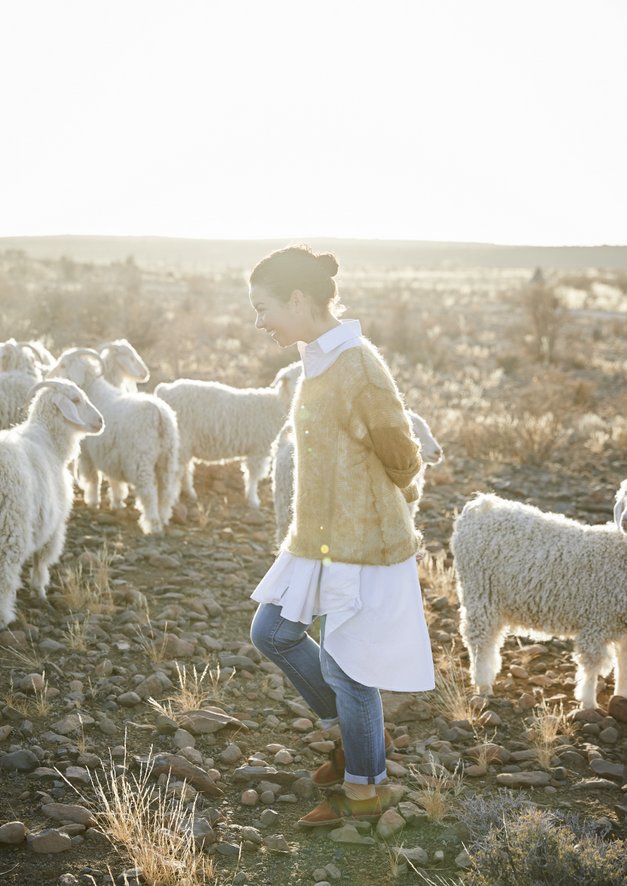
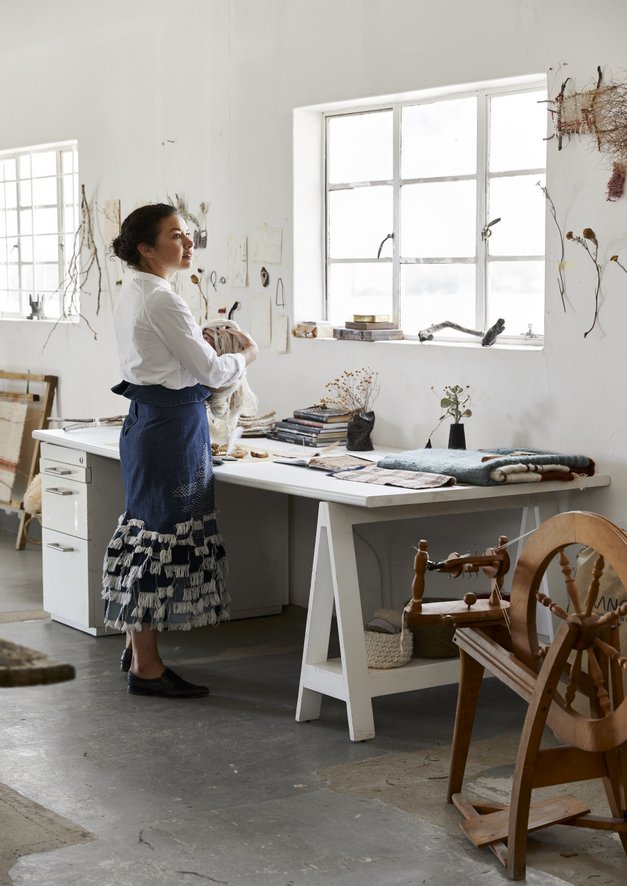
Frances had always known about mohair: she grew up on the van Hasselt family farm, which is located outside the small town of Prince Albert and includes one of the oldest angora goat studs in South Africa. The mohair produced by those goats is an integral part of her heritage. No wonder then, that she “became determined to produce a local product… that highlights [mohair’s] unique and desirable qualities.” The result of that resolution is Frances V.H Mohair Rugs.

The Making of a Mohair Rug
Making one of her rugs is a uniquely creative process for Frances. “When I am in the Karoo, I make sure that I spend time outside walking, as this is where most of my ideas and inspiration come from,” she says. The light and the colours, the patterns formed by the region’s gravel roads and folded mountain ranges—all of these unique signifiers of place are reflected in her graphic designs. These might be inspired by “the tiniest folds of a veld flower or the balancing act performed by rock formations,” she says—adding that for her, nature’s most valuable lesson is that “of simplicity.”
Furthermore, in Frances’ view, “a sustainable, circular economy does not start in factories.” For this designer-maker, weaving and finishing a rug are the last few steps on an intricate supply chain that “starts with rain, the delicate ecosystem of the veld (landscape), the role of herdsmen, the importance of healthy animals to produce quality mohair.” She’s also very aware that the resulting raw fibre also has to undergo multiple processes—washing, cleaning, dyeing, and spinning, most of which is done by hand—before the yarn ends up on her loom.
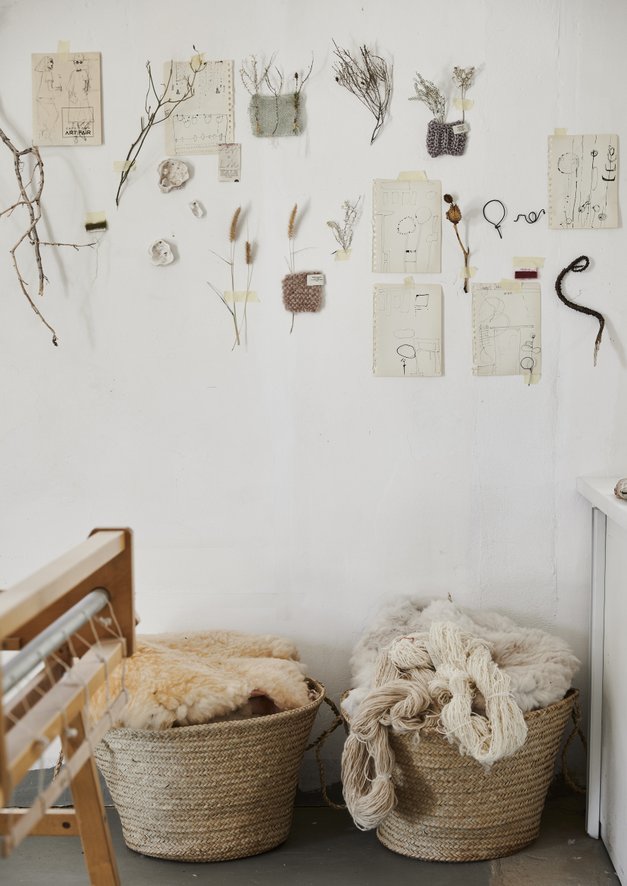
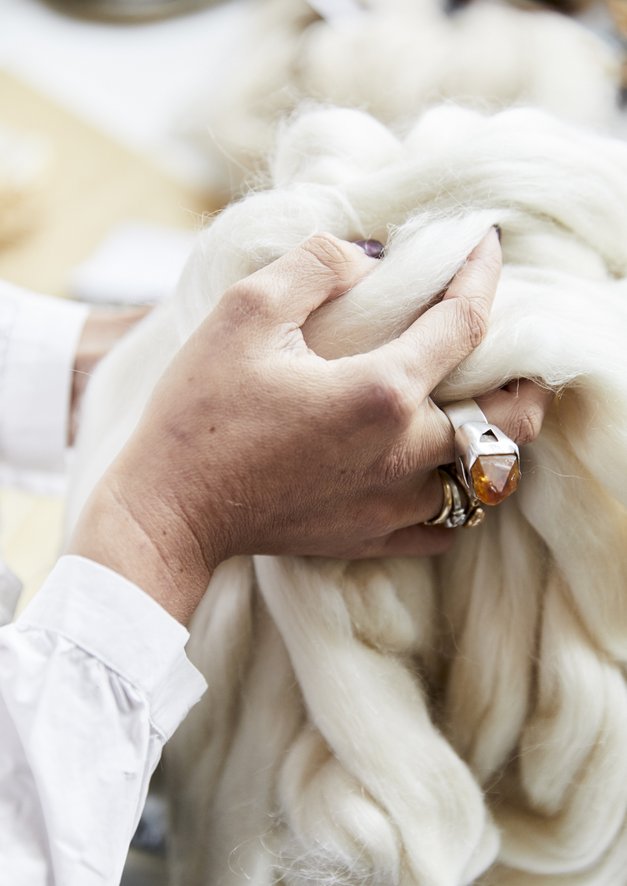
As Frances takes care to explain, her rugs also reflect more than one single person’s creativity: she is a collaborator, both with her clients and with local traditional textile workers. Another of Frances V.H’s aims is to offer sustainable employment and training in a part of the world where jobs are scarce
Karoo Landscapes as Inspiration
One result of this multifaceted approach to what she creates is that no two days of Frances’s working life are the same. She spends time finding her inspiration in the Karoo landscape around her, formulating her designs, and collaborating with clients. “All our work is made to order, so I have a very close relationship with clients,” she says. But she is also occupied with promoting the Frances V.H brand, sharing its story with the world, and of course, “there is always something happening in the studio, from dyeing yarns, to spinning, weaving up new orders or playing around with different finishes.” And as this is a working farm, there’s plenty of everyday administration, logistics, packaging of orders, and fixing of equipment forming an inevitable part of running a business such as hers too.
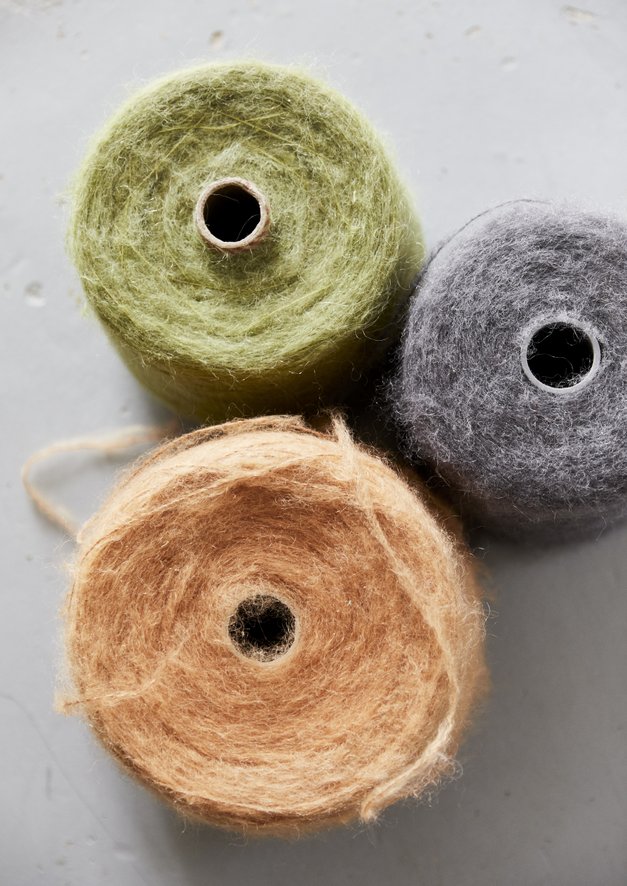
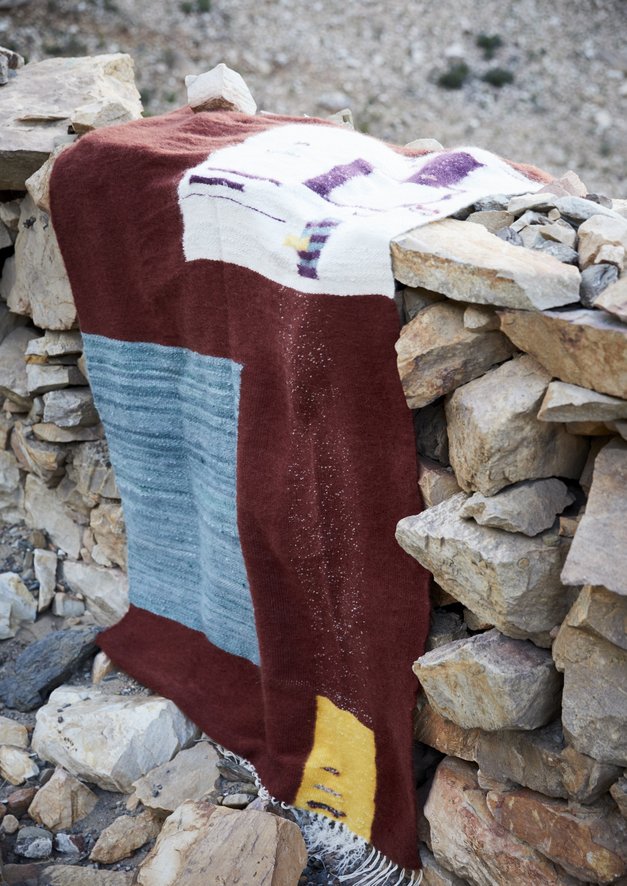
Reflecting both the uniqueness of the Karoo’s ever-changing landscapes and her personal passion for mohair as a fibre, Frances’s rugs demonstrate her view that “South African mohair should be recognised in the same way cashmere is in Scotland or alpaca in Peru—and to achieve this we need to create exceptional locally made, finished products.” This is why Frances V.H creations are luxurious in the most contemporary sense: not as a result of being costly, but because Frances’ captivating rugs encapsulate what she describes as a “worldview” that is all about “clean air, open spaces, an appreciation for nature, meals around a table with friends and family, and building a home in which you feel safe, calm and functional.”
More by this author
The Wrap
- Frances van Hasselt is a South African designer redefining mohair rugs with local artistry and thoughtful sustainability.
- Her heritage-rich process starts on her family’s angora goat farm in Prince Albert, where world-class mohair is carefully produced.
- Each rug design is inspired by the Karoo's rugged landscape—capturing the subtle colors, textures, and emotional spirit of the region.
- Frances embraces a slow, handmade process that combines artistry with sustainability in every part of the supply chain.
- Mohair used in her rugs is hand-washed, dyed, spun, and woven using traditional methods, all locally executed.
- Collaboration is central—Frances works closely with clients and local craftspeople, creating custom mohair rugs that tell a story.
- Her ultimate goal: establish South African mohair rugs as globally respected luxury products, much like Scottish cashmere or Peruvian alpaca.
